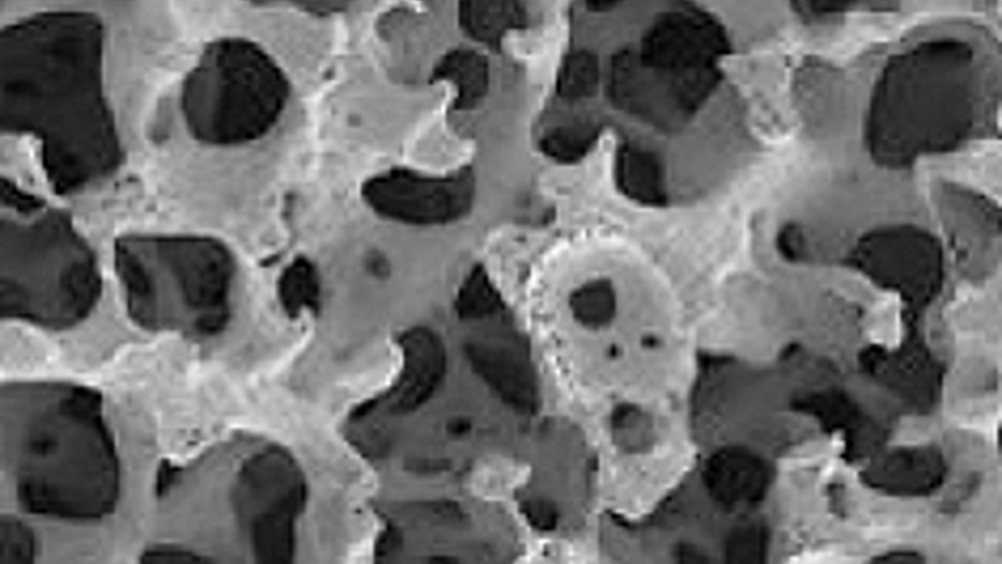Archaeological finds may aid back-therapy development
The development of back-pain therapies could soon be aided by computer simulations that incorporate data from human archaeological finds.

The project is a collaboration between the Institute of Medical and Biological Engineering at Leeds University and the Department of Archaeology and Anthropology at Bristol University, and is being funded by the EPSRC.
Spines from up to 40 skeletons housed in museums and university anatomy collections are currently being analysed for subtle variations in size and shape.
The researchers will use micro-computed tomography (micro-CT) to build up three-dimensional models of the spines that can then be incorporated in sophisticated computer simulations.
Dr Kate Robson Brown from Bristol said data provided by the old bones will be used to supplement similar data collected from bodies donated to science, which are limited in number and mainly come from older age groups.
‘The wider the pool of spinal data at our disposal, the more effective the computer models will be in terms of demonstrating the impact of treatments on different back conditions and back types,’ she said.
Register now to continue reading
Thanks for visiting The Engineer. You’ve now reached your monthly limit of news stories. Register for free to unlock unlimited access to all of our news coverage, as well as premium content including opinion, in-depth features and special reports.
Benefits of registering
-
In-depth insights and coverage of key emerging trends
-
Unrestricted access to special reports throughout the year
-
Daily technology news delivered straight to your inbox










Water Sector Talent Exodus Could Cripple The Sector
Maybe if things are essential for the running of a country and we want to pay a fair price we should be running these utilities on a not for profit...